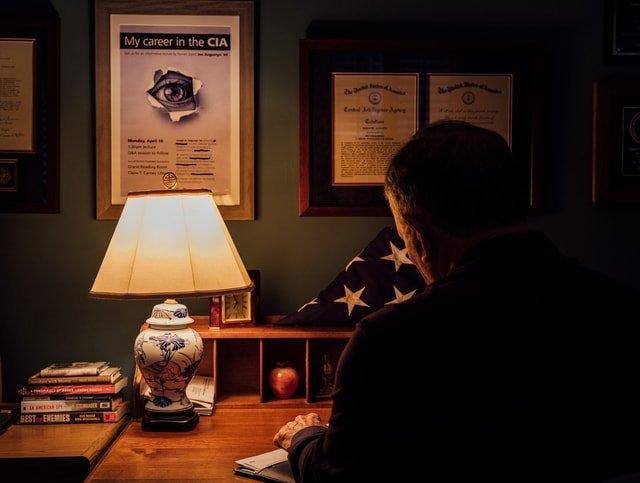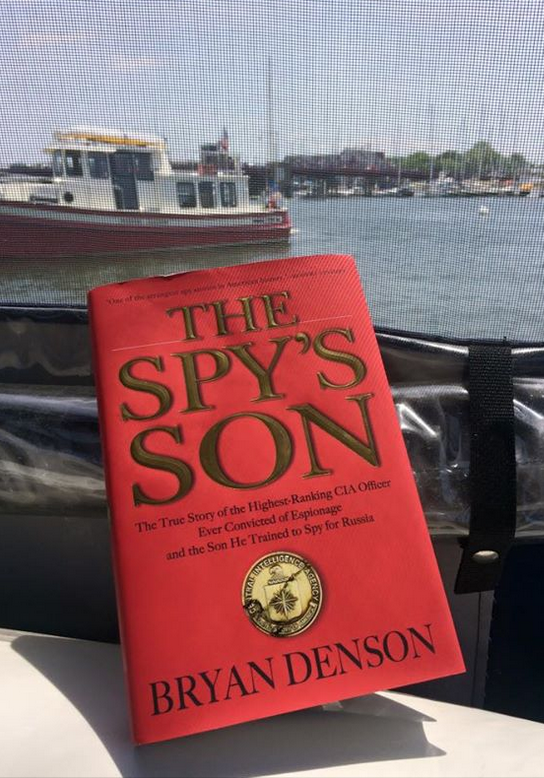Inside the CIA’s bureau for hiding defectors
The agency set up a programme in the cold war to resettle foreign spies in America. With Russia’s invasion of Ukraine, it may get busy again
By Bryan Denson and David Wolman
On a September morning in 2019, a horde of journalists stampeded into a tranquil suburb in Virginia and parked their TV trucks on the edge of a vast green lawn. Only days earlier, the six-bedroom home had been occupied by Oleg Smolenkov, a former Russian diplomat, and his family. Now it was empty.
The CIA had smuggled the family out of Russia two years earlier, a reward for the years Smolenkov spent spying for the agency as an aide to Vladimir Putin’s foreign-policy adviser. Much of the evidence about Putin’s secret campaign to sway the 2016 presidential election in Donald Trump’s favour is thought to have come from Smolenkov, although the American government has not acknowledged this.
Five months after Trump took office, the baby-faced Smolenkov flew with his wife and three children to Porto Montenegro, a resort on the Adriatic Sea favoured by wealthy Russians. The Russian government had banned employees from travelling to Montenegro owing to friction between the two countries, but the Smolenkovs weren’t planning to stay long. The CIA quickly spirited them away to America.
Once they landed, the Smolenkovs were greeted by officers from the National Resettlement Operations Centre (NROC), the CIA’s little-known programme for foreign agents who defect to America. In the late spring of 2018, nroc officers helped the Smolenkovs start a new life in Stafford, a quiet community 40 miles south of the agency’s headquarters in Langley, Virginia.
Just months after the Smolenkovs bought the home on Partridge Lane (with nearly $1m in CIA money), the agency learned that the real names of both Oleg and his wife Antonina had appeared on the deed. “Not standard operating procedure,” said Joe Augustyn, a former director of the NROC programme. The CIAprovides new identities for the bulk of foreign spies it resettles in America, he said, but some refuse to go along. “Sometimes”, Augustyn said, “your name is all you have left in life.”
The Eco-Terrorists and the Book Deal
By Bryan Denson, for The New York Times, Feb. 6, 2023
When Robert Eringer first saw Craig Rosebraugh in the news, he knew his professional contacts would be very interested in the young man’s story. A masterful account of Mr. Rosebraugh’s life as a radical environmentalist — not to mention his connections with domestic terrorists — would certainly impress the people who paid Mr. Eringer.
He was a pro at getting people to reveal intimate details of their lives in the memoirs he helped them produce. He would reach out to Mr. Rosebraugh and get him to write a book, to tell his story in all of its specifics.
That story had begun in the blink of an email one evening in 1998, as Mr. Rosebraugh, a tall, thin environmentalist, was making dinner. Alone in his one-bedroom apartment in Portland, Ore., he spotted an encrypted message in his inbox and decoded it to find a communiqué, addressed to him, from the Earth Liberation Front.
Two days earlier, on Oct. 19, 1998, eight fires had torched a mile-long stretch of Vail Mountain in Colorado, burning through a ski-patrol building, several chairlift towers and the immense Two Elk Lodge. The arson caused $26 million in damages, then the costliest act of eco-terrorism in U.S. history. The E.L.F. claimed responsibility.
The shadowy saboteurs had targeted the construction project because it intruded on the habitat of the Canada lynx, a wildcat that the U.S. government would designate 17 months later as a threatened species. “This action is just a warning,” the saboteurs wrote. “We will be back if this greedy corporation continues to trespass into wild and unroaded areas.”
Mr. Rosebraugh, then 26, would recall gasping as he read.
“I knew this was a step up for the movement,” he said. “It raised the stakes. It was quite exciting and quite scary, to be honest.” He also feared, quite correctly, that the Vail fires would put him in the F.B.I.’s cross hairs.
With his heart pounding like a deadline reporter, Mr. Rosebraugh punched out a laudatory news release and emailed it to newsrooms across North America. Journalists lit up his phone for days.
“It was only a short time later that The New York Times did the piece on me labeling me ‘the face of eco-terrorism,’” he said.
For more than four years, he served as the primary spokesman for the E.L.F., presenting its firebombings as a moral guerrilla war against run-amok corporations busily plundering the planet. He generated ink and airtime for such issues as suburban sprawl, deforestation and global warming, when mainstream environmental groups like the Sierra Club, which denounced the E.L.F., sometimes did not. All the while, the F.B.I. put Mr. Rosebraugh through the investigative wringer, working countless hours to determine whether his duties extended beyond his role as the mouthpiece for domestic terrorists.
The Earth Liberation Front could scarcely be called a traditional terrorist organization. The group’s guidelines, posted online, instructed its all-volunteer corps not to kill or injure anyone, though their operations certainly risked that possibility. Instead, members were told to slip underground and inflict maximum damage on corporate and government actors who despoiled the natural world. The front’s crimes would cause roughly $100 million in economic damages from 1996 to 2004, without ever taking a life.
Mr. Rosebraugh assured reporters that he did not know the identities of the saboteurs. But not everyone believed him, including the F.B.I. agents who put him at the center of their investigation and surveilled him relentlessly.
Also watching him from afar was Robert Eringer, who would later sign Mr. Rosebraugh to one of the most peculiar book deals in American history.
By Bryan Denson, March 2004, Maxim magazine
CHASING A FUGITIVE FOR 45 YEARS
A Dirty Harry-era Cop, a Career Criminal and a Quest for Justice
— Part 1 —
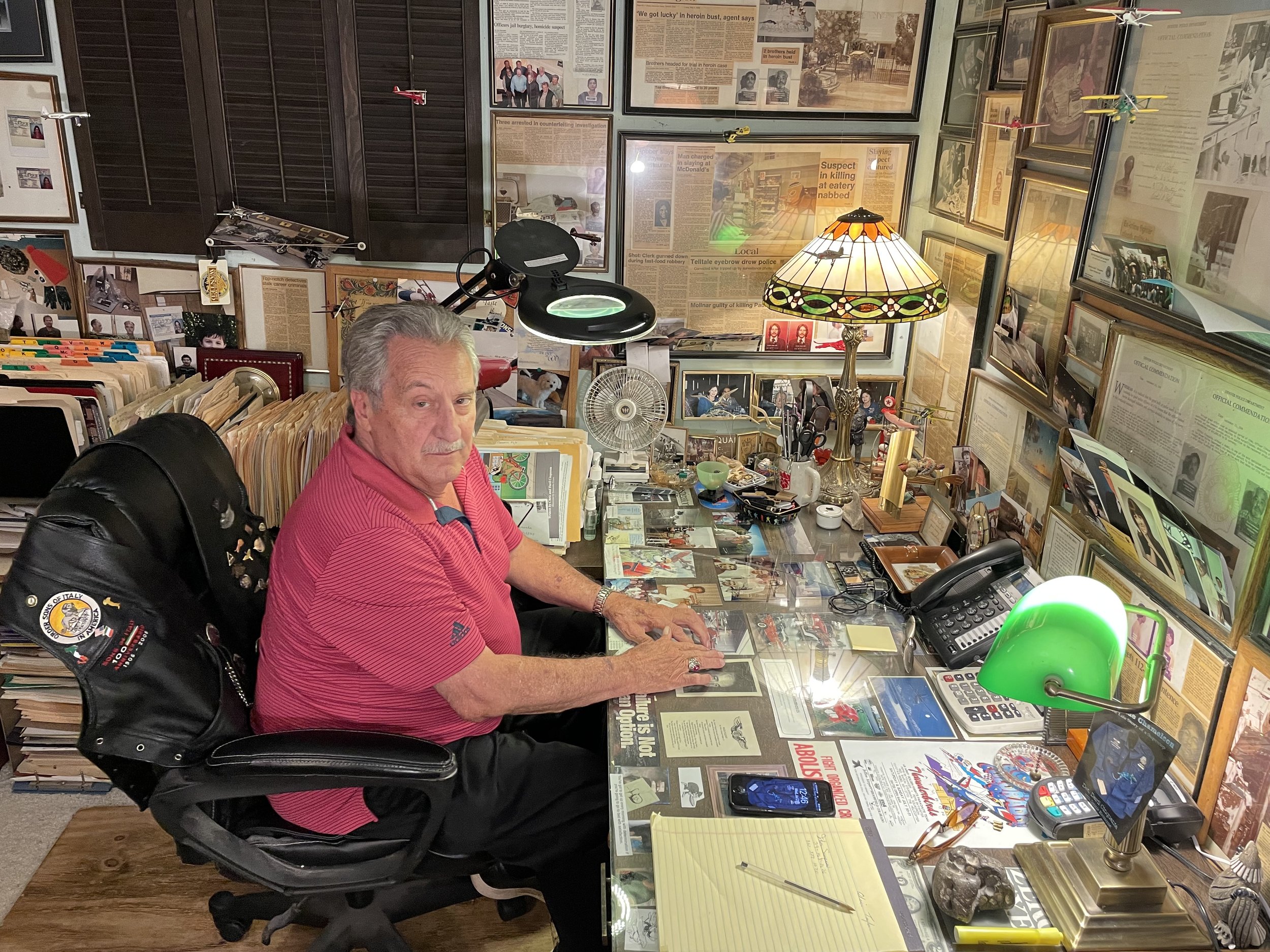
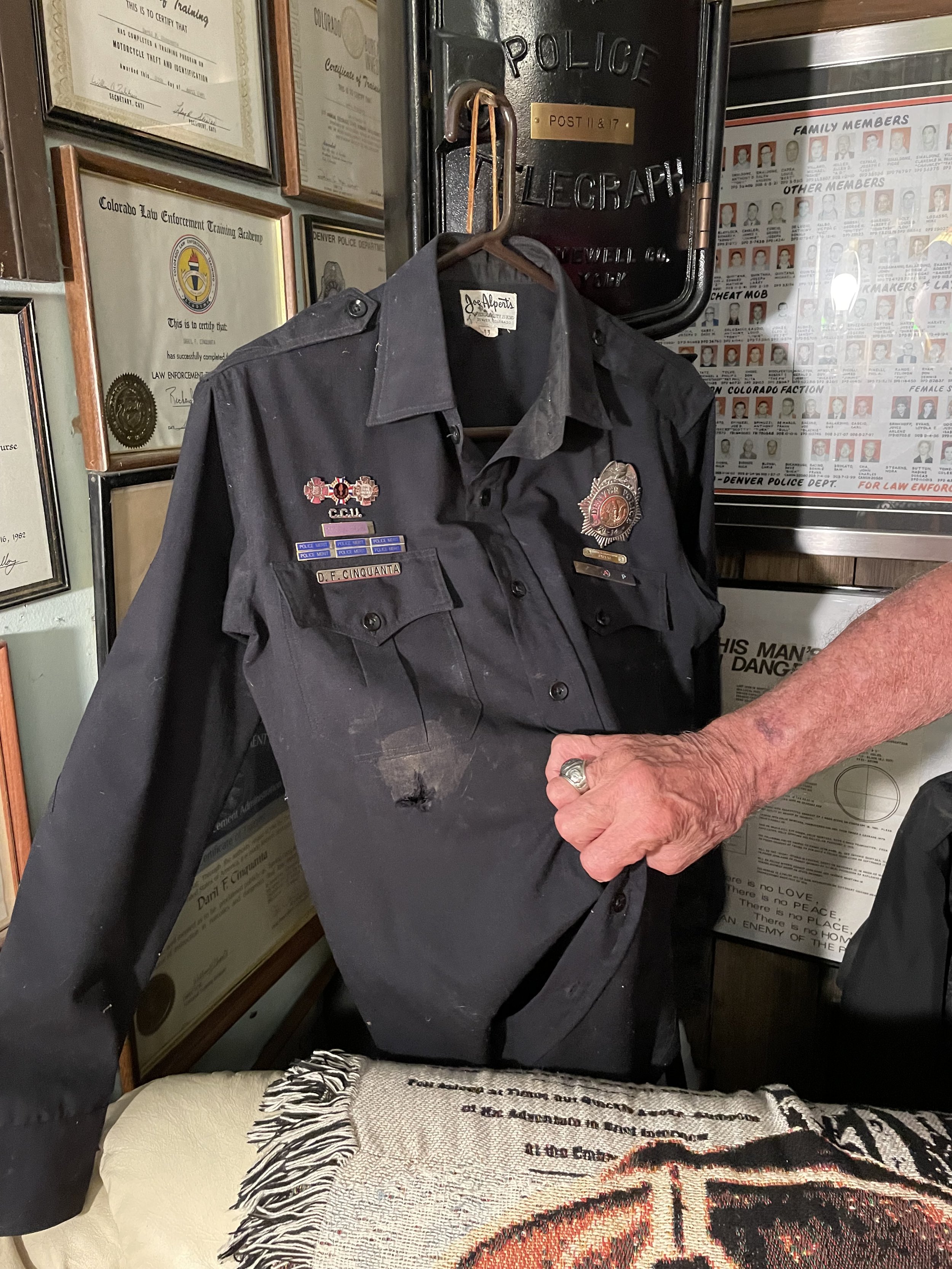
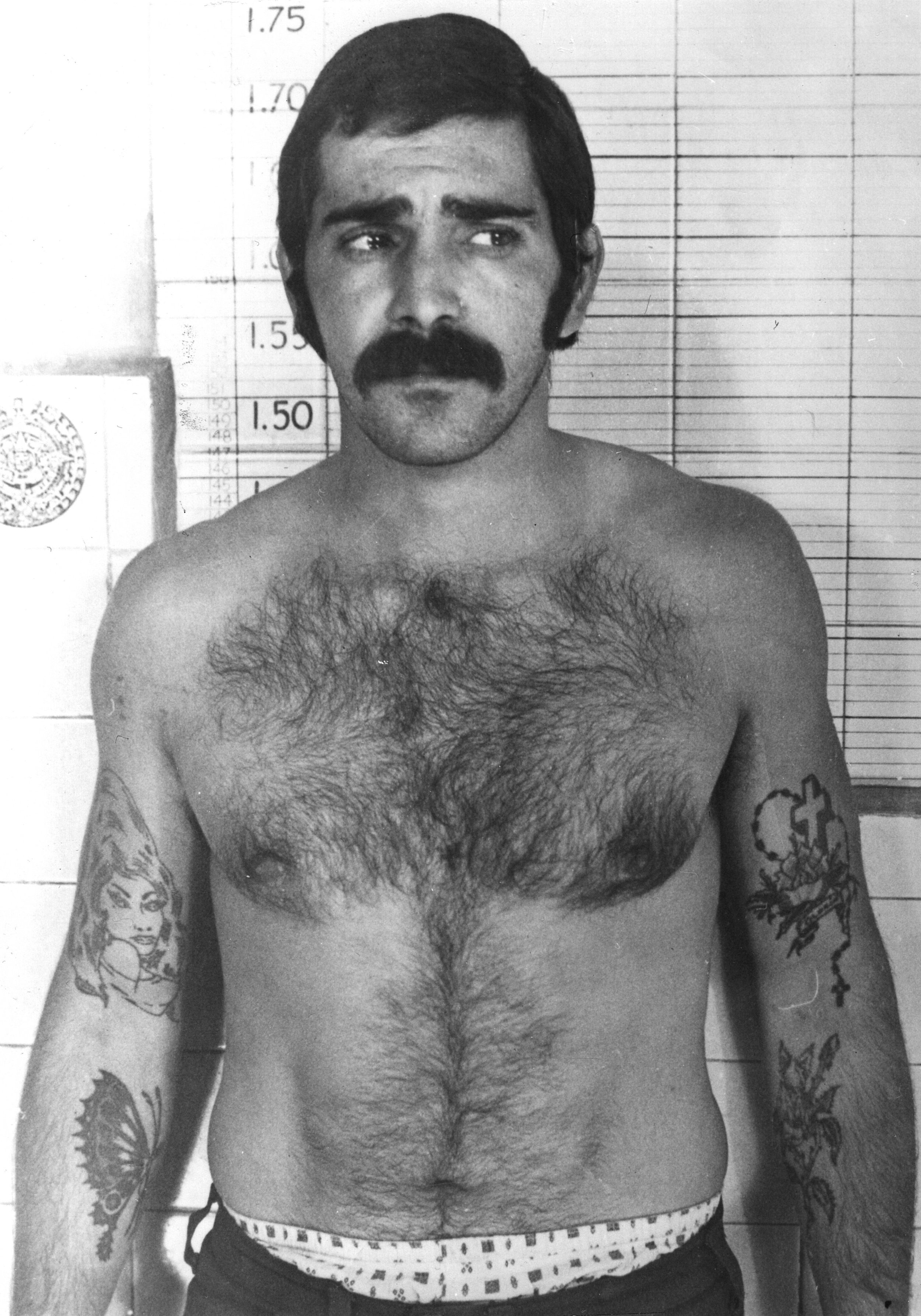
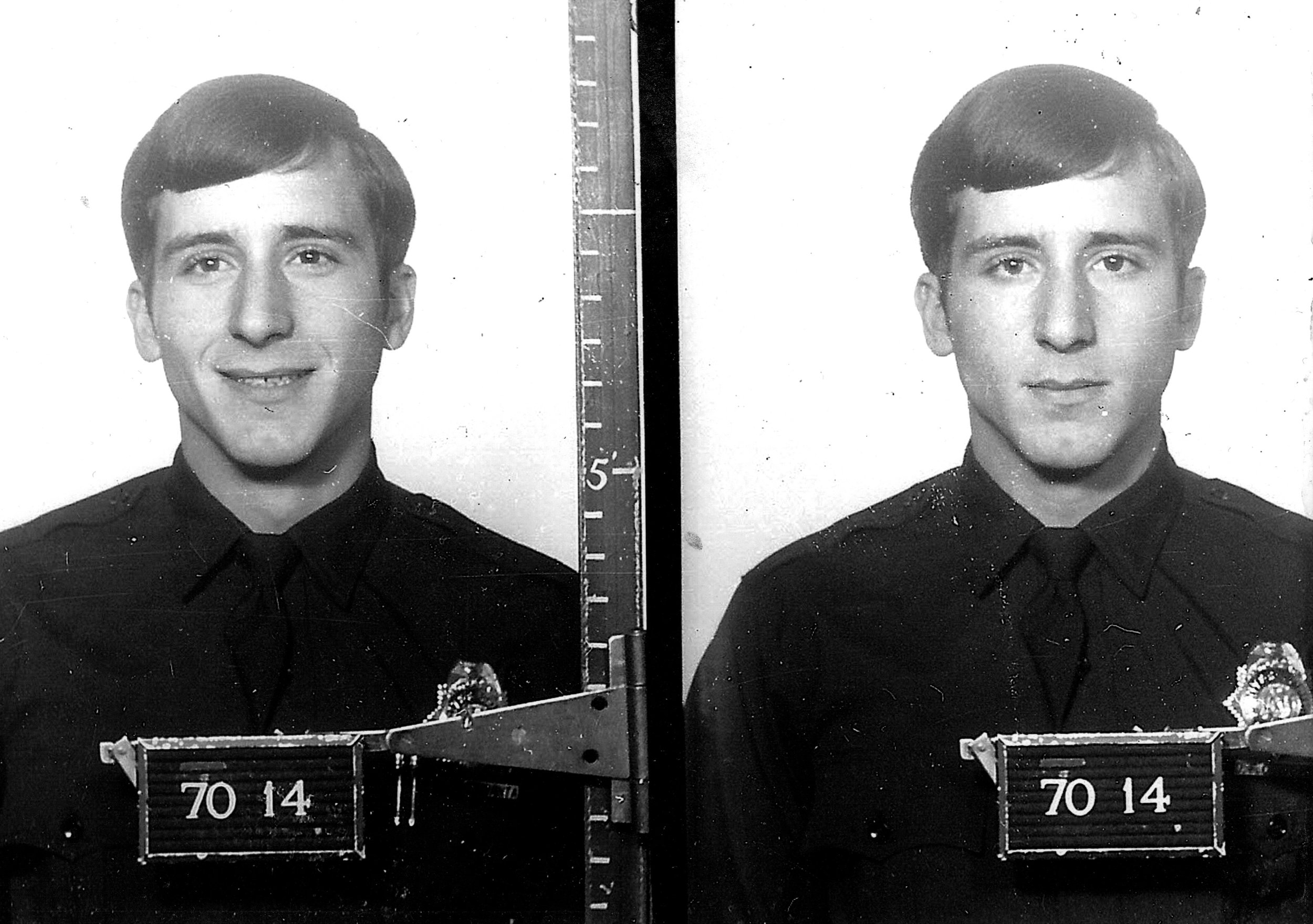
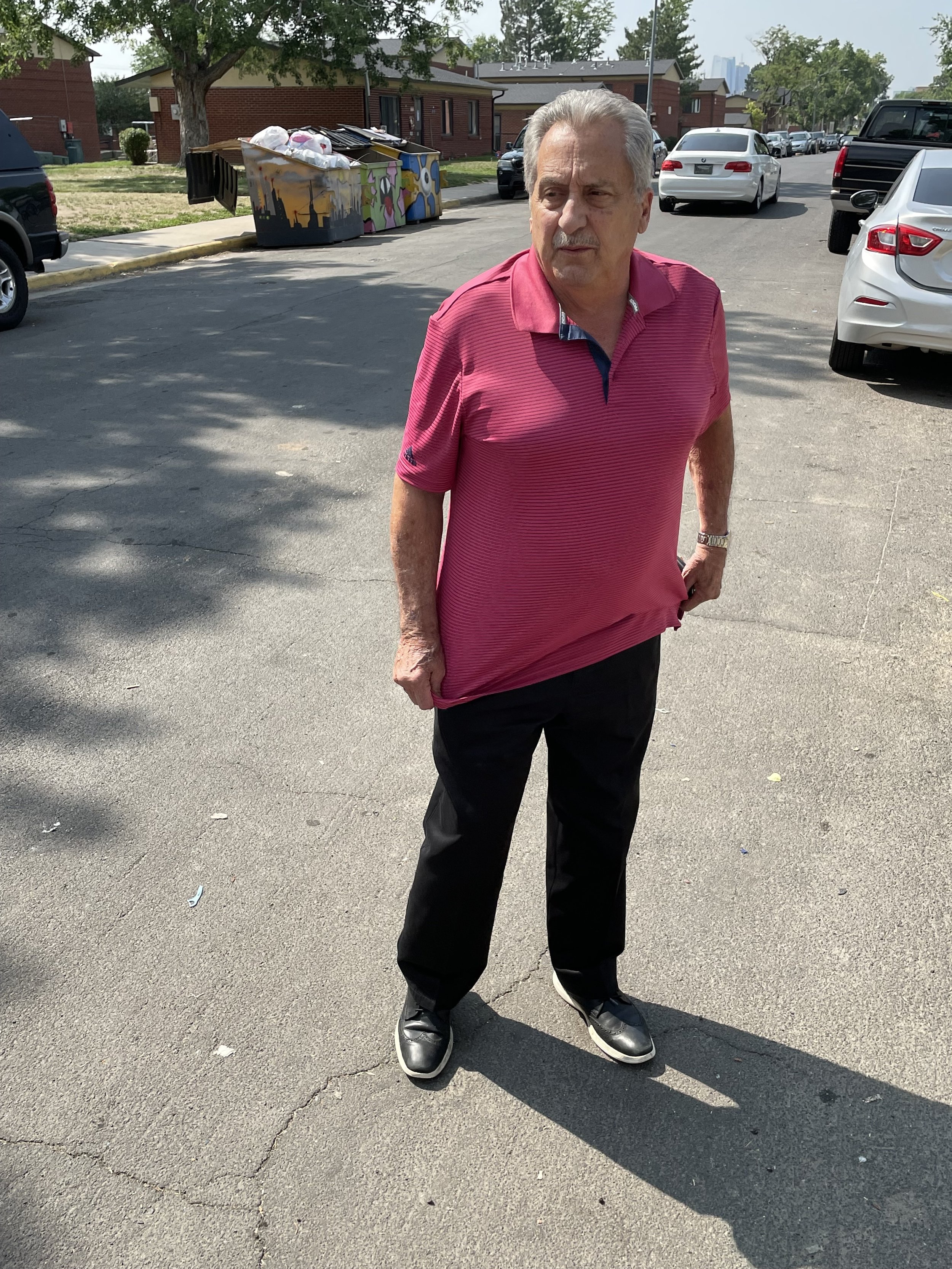
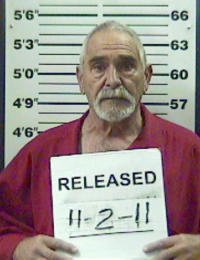
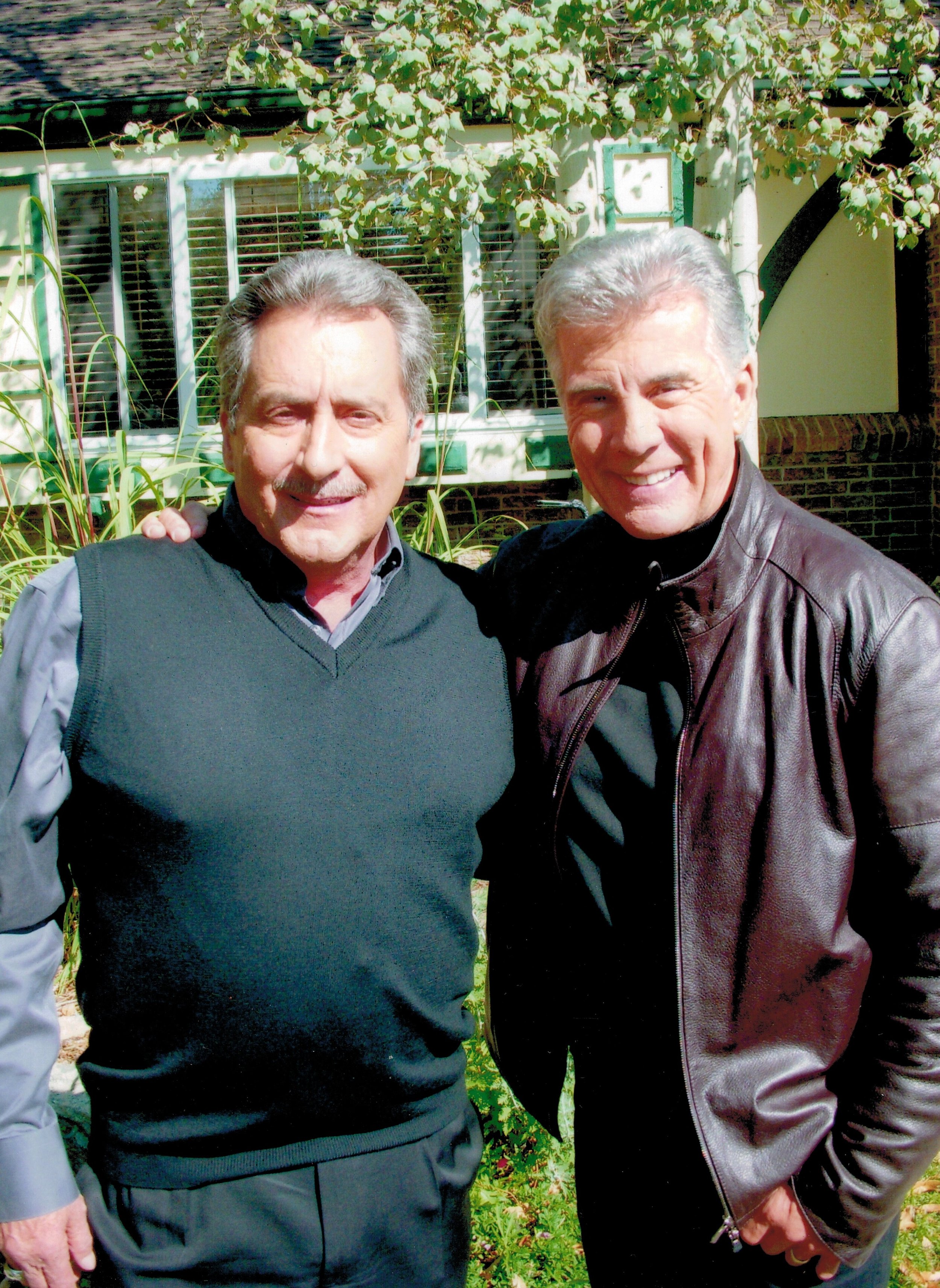
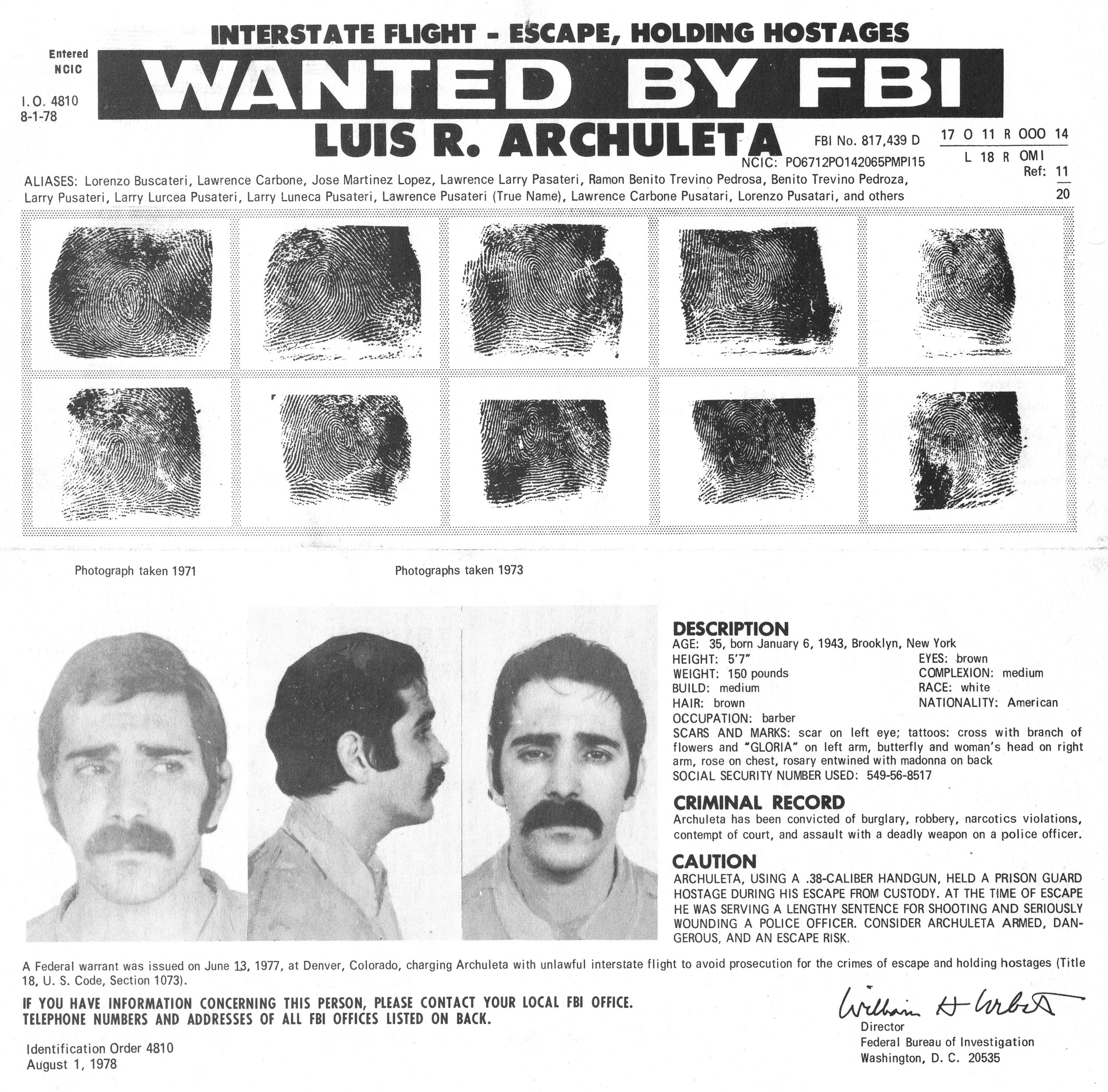
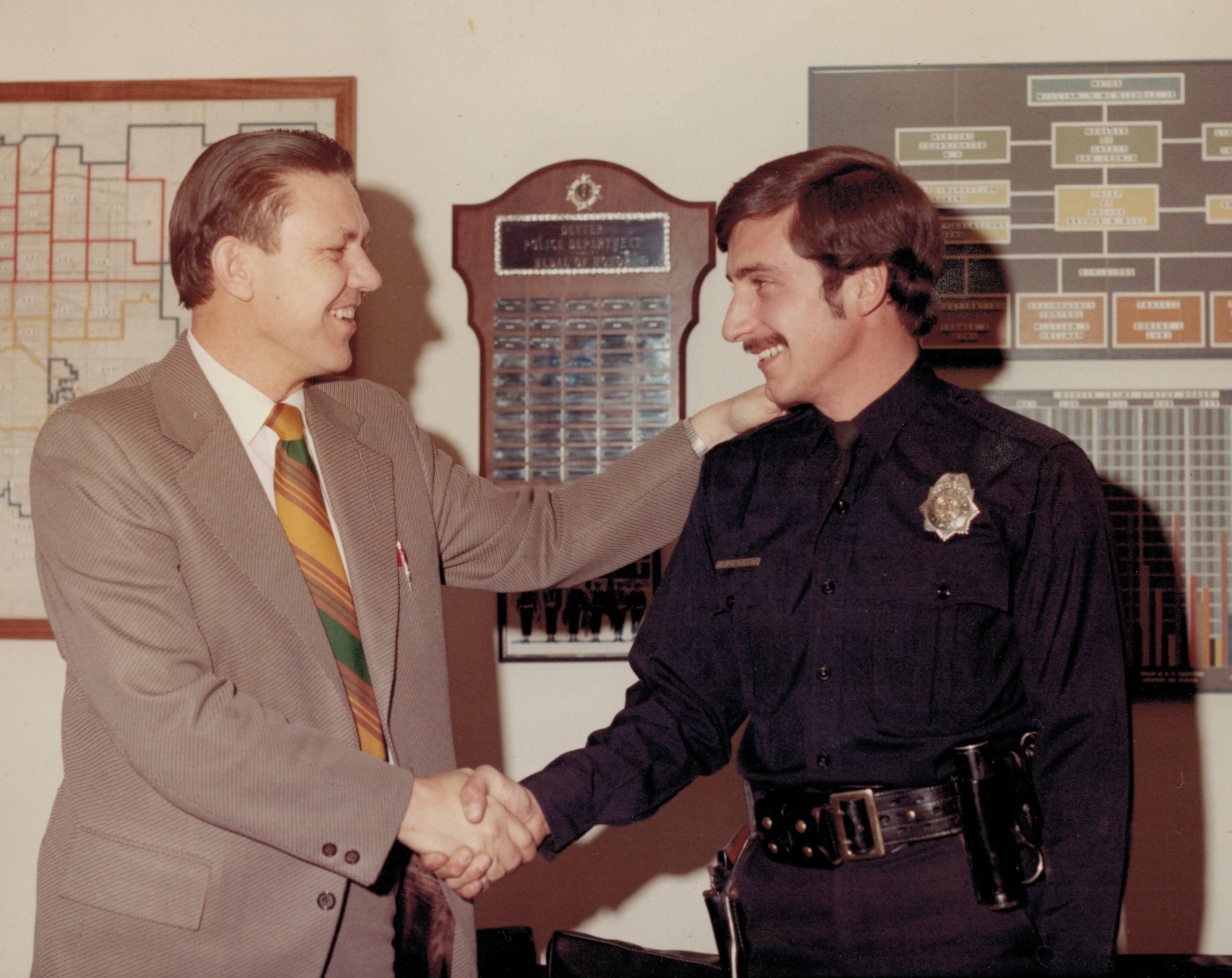
Denver police officer Daril Cinquanta closed out a quiet graveyard shift on the morning of Oct. 3, 1971, with a trip to Winchell’s Donuts, where he picked up a carton of chocolate milk and a couple of glazed twists. On the way home, he drove through the Quigg Newton housing project to snag a copy of the Rocky Mountain News at nearby Sunnyside Drug.
He never made it.
On a tree-lined street in the projects, Cinquanta spied a tough-looking guy accompanied by two women in the front seat of a black Chevy II at the curb. The dark-haired man, wearing a goatee, sunglasses and an olive-colored Fidel Castro cap, stared straight ahead, suspiciously avoiding eye contact.
Something smelled wrong to the 23-year-old cop. He parked behind the Chevy and walked over to the passenger door, where he asked the man for his ID. But his subject offered little more than a few Spanish words as he handed over his wallet.
The billfold held photos of children and a Social Security card in the name of Luis R. Archuleta. Cinquanta plucked the jacket off the man’s lap, squeezed it for signs of a weapon and asked him to step outside. But as Archuleta stood, the officer caught an eerie look from the woman behind the wheel – as if she were about to say something but held her tongue.
Read the rest of Part One here.
The Cop Who Never Quit the Search for the Man Who Shot Him and Left Him for Dead
— Part 2 —
Lawrence Pusateri, fresh off the second prison break of his life, vanished into the foothills of New Mexico’s Sangre de Cristo Mountains in 1974. He was 31 years old, cunning and handsome, and looking for a fresh start with his newly created alias: “Ramon Montoya.”
Behind him, some 350 miles north, lived the angry cop he shot in Denver back in 1971. Then he was using the name Luis Archuleta. The city paid officer Daril Cinquanta $15,000 for his injuries, which he used to buy a house in the suburbs – command central for his pursuit of Pusateri.
Jon Bair killed a neo-Nazi 28 years ago, and he has a message for Portland
Photo illustration by Kristyna Wentz-Graff, Oregon Public Broadcasting
Jon Bair stood in the parking lot of a Portland convenience store one Friday in late August, his shadow falling over the very spot where he once killed a man.
The cries, gunshots and blood-stained snow are 28 years behind Bair now, the city’s war between racist and anti-racist skinheads a dimming memory. But he can’t stop thinking about the young men who once collided there, sending a neo-Nazi skinhead to the morgue.
SUDS AND DREGS SPEAK OUT
By Bryan Denson, with permission of the York Daily Record, February 1989
NEWSPAPER STORIES SOMETIMES SERVE AS BOOK OUTLINES — AND HERE’S THE PROOF YOU NEED
From time to time, a newspaper story is so compelling it becomes a book. But not without a lot of work.
The Oregonian/OregonLive reporter Kale Williams has spent the past few years working on his book, “The Loneliest Polar Bear: A True Story of Survival and Peril on the Edge of a Warming World.”
And, now, this month, it will hit the shelves. The book project arose from his coverage of Nora, the polar bear cub that lived at the Oregon Zoo for a time and, now grown, is due back there soon.
Ten years ago this week, as holiday revelers congregated in Portland’s Pioneer Courthouse Square for the annual Christmas tree lighting ceremony, FBI agents stood nearby with a 19-year-old aspiring terrorist and a van full of explosives.
The explosives weren’t real. And the 19-year-old, Mohamed Osman Mohamud, thought his companions were fellow extremist Muslims helping him carry out a plot to kill thousands of Oregonians. But as Mohamud activated a cell phone to trigger the explosives, he was arrested.
One of the first journalists to learn about the arrest was Bryan Denson, then a reporter for The Oregonian/OregonLive. He ultimately wrote more than 60 articles about the Mohamud case, which became the foundation for the third title in a true-crime series for middle-grade readers — roughly ages 8-12 — launched in 2019 and wraps up in 2021.
Back in the early 1980s, I was a running bum living with two other serious long-distance runners and a part-time runner. We lived in a broken-down house in Towson, Maryland that was so drafty and cold in the winter I had to sleep next to a space heater. I trained like an animal, drank lots of beer, and looked like a cadaver. But I was in the shape of my life.
What follows is a story I wrote for Running Times after the November 29, 1981, Maryland Marathon. It was the first magazine story I ever published. I received $200 and thought it was a fortune.
Honey, take my picture quick! Racing with Bill Rodgers (Running Times, January 1983)
NiemanStoryboard asks Bryan Denson how he made switch from adult to middle-grade readers
As a reporter, Bryan Denson seems to have done it all — working the police beat, writing longform narratives, teaming up on big investigative features, and producing a nonfiction book. While a reporter at The Oregonian, he was a finalist for the Pulitzer Prize in national reporting, winner of the George Polk Award, and a finalist for the Investigative Reporters and Editors Award. His book, “The Spy’s Son,” chronicles the case of the highest ranking CIA officer ever convicted of espionage, and how the operative groomed his son to continue spying for Russia after he was imprisoned. The book has been published in five languages and twice optioned for motion-picture adaptations. Since leaving The Oregonian, Denson has been freelancing for magazines and climbing the occasional mountain.
The author stands on the lawn of the former spy Aldrich Ames. Photo credit: Jan Neumann
Still, he managed to find a new gig that pushed him out of his comfort zone — writing true crime for middle-schoolers. His new book — “The Unabomber: Kathy Puckett and the Hunt for a Serial Bomber” — is the first in a four-book series, called the FBI Files and published by Macmillan’s Roaring Brook Press.
Eye-Ai’s Q&A with Bryan on The Spy’s Son
Japan's premiere English-language entertainment and culture magazine Ai-Eye, devoted four pages of its September 2017 edition to a Q&A with author Bryan Denson. Here is the interview:
Cross Creek Pictures Tackling 'The Spy's Son' (Exclusive)
3:14 PM PDT 4/27/2017 by Borys Kit
Harrison Query will write the script for the adaptation.
Cross Creek Pictures, one of the producers behind Hacksaw Ridge, has preemptively picked up The Spy’s Son, a pitch package from Harrison Query.
Scott Glassgold’s Ground Control Entertainment is producing along with Cross Creek’s Brian Oliver and John Doherty, as well as Celerity Pictures’ Jay Schuminsky. Jarod Einsohn will act as a co-producer.
Spy’s Son is based on Bryan Denson’s best-selling 2015 book, which tells the true story of a high-ranking star CIA officer who was brought low when he was caught selling secrets to the Russians. But he then embarrassed the U.S. government when he did it again, this time from behind prison bars. What the imprisoned officer did was use his son, training him in the ways of spycraft, to continue to spy for Russia and to even ferret out the mole that ratted on him in the first place.
Denson is an Oregon-based reporter who covered the father-son espionage trials.
Click here for the rest of the story.
Another Read Through lists The Spy's Son as a top 5 seller
One of Portland's best independent book stores named The Spy's Son a top 5 bestseller in March 2017.
All in the family
True father and son spy thriller has Oregon connection
Public radio interviews Bryan about his Newsweek spy story: 'The Almost Americans'
Book Safari lists The Spy's Son Kindle as a Bargain Bestseller (August 31, 2016)
Nearly 16 months after publication of The Spy's Son, Book Safari named the Kindle edition one of its Bargain Best-Sellers. The electronic edition shot to No. 1 on the Amazon site for true-crime/espionage books, cracked the Top 20 among nonfiction books, and finished the day at No. 264 of all Kindle books, in all genres.
The Trade Paperback Has Arrived!
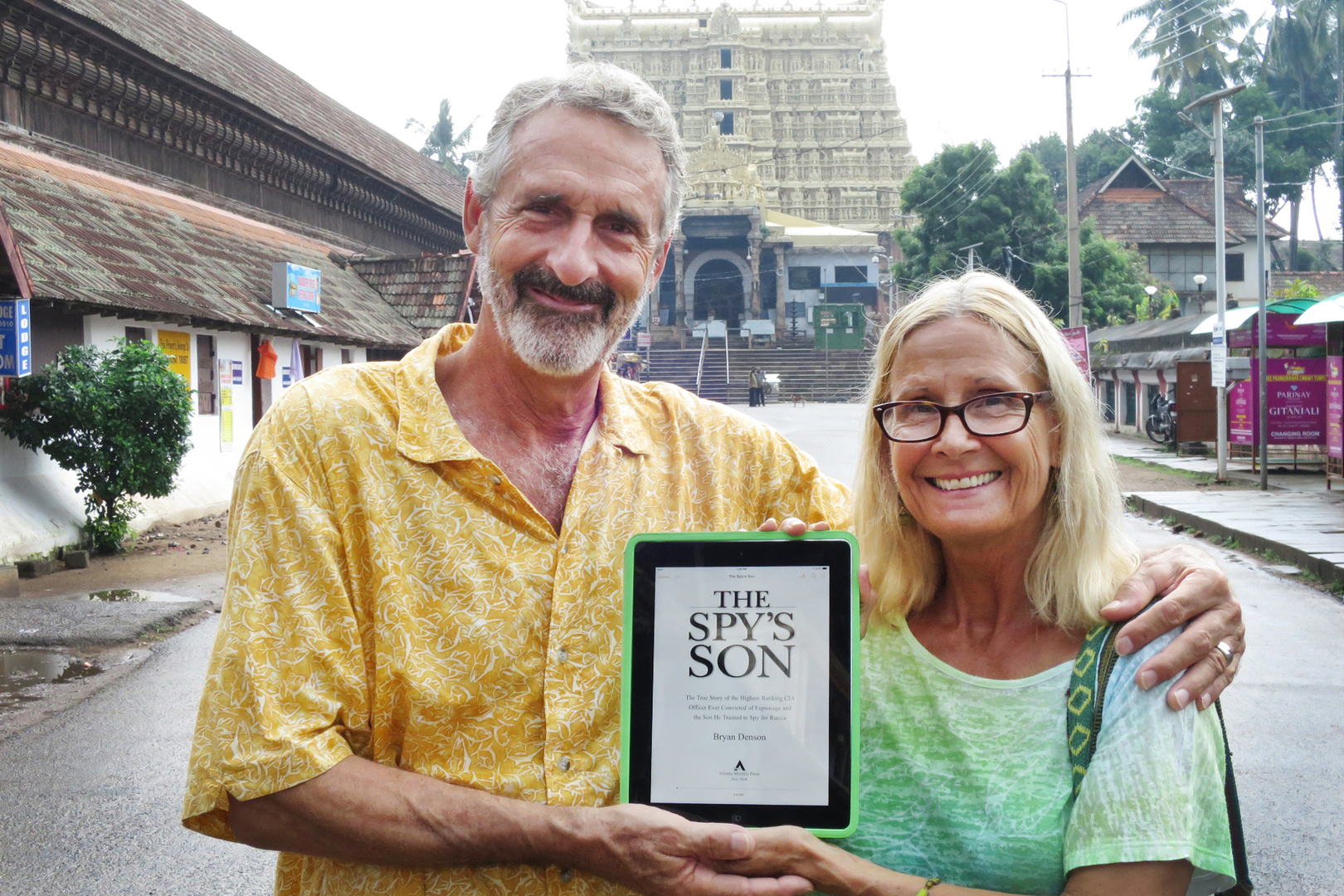

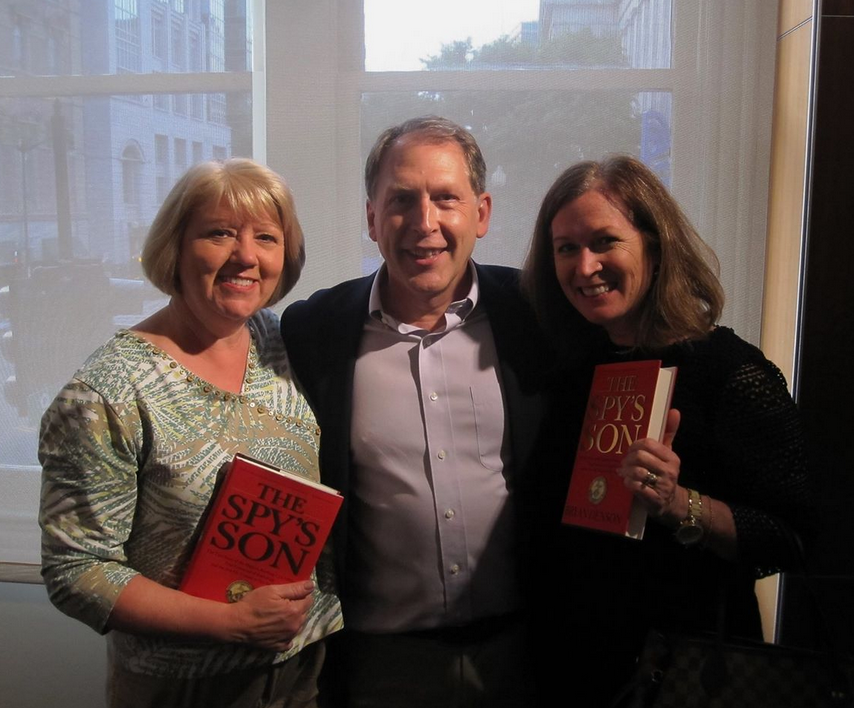
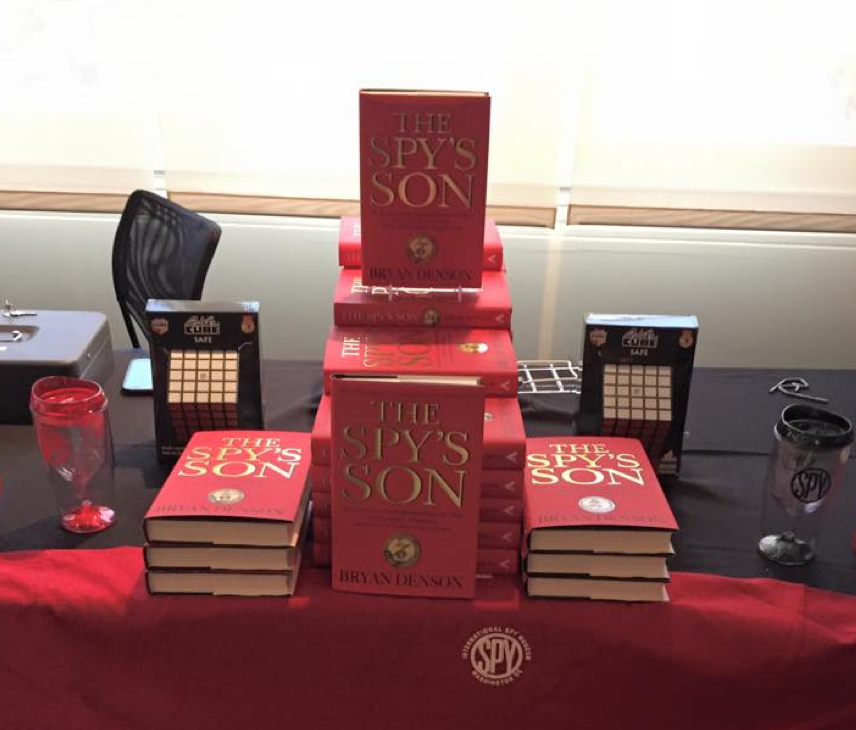
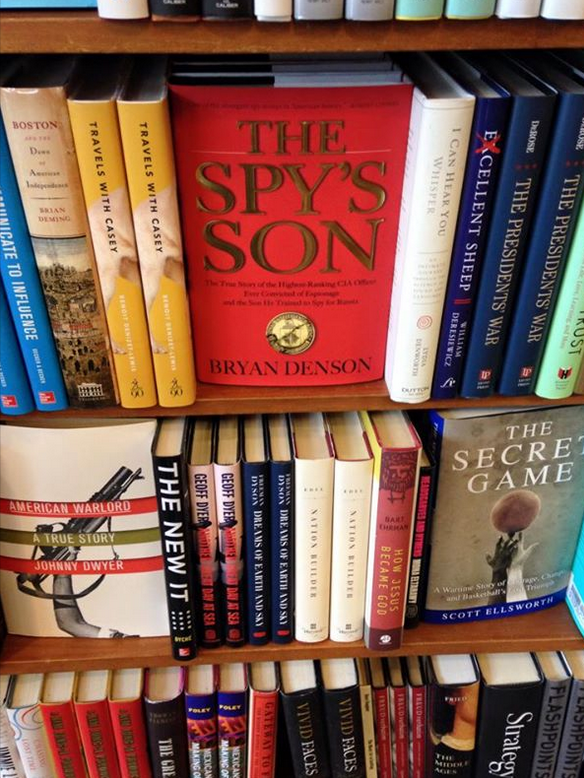
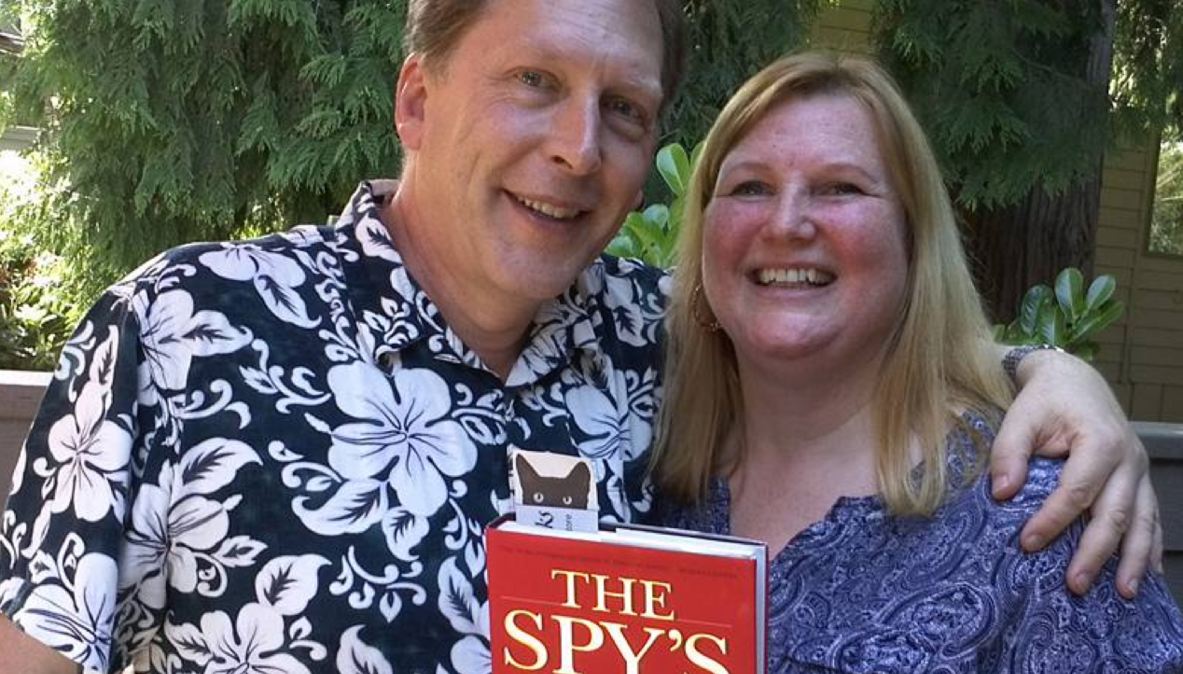
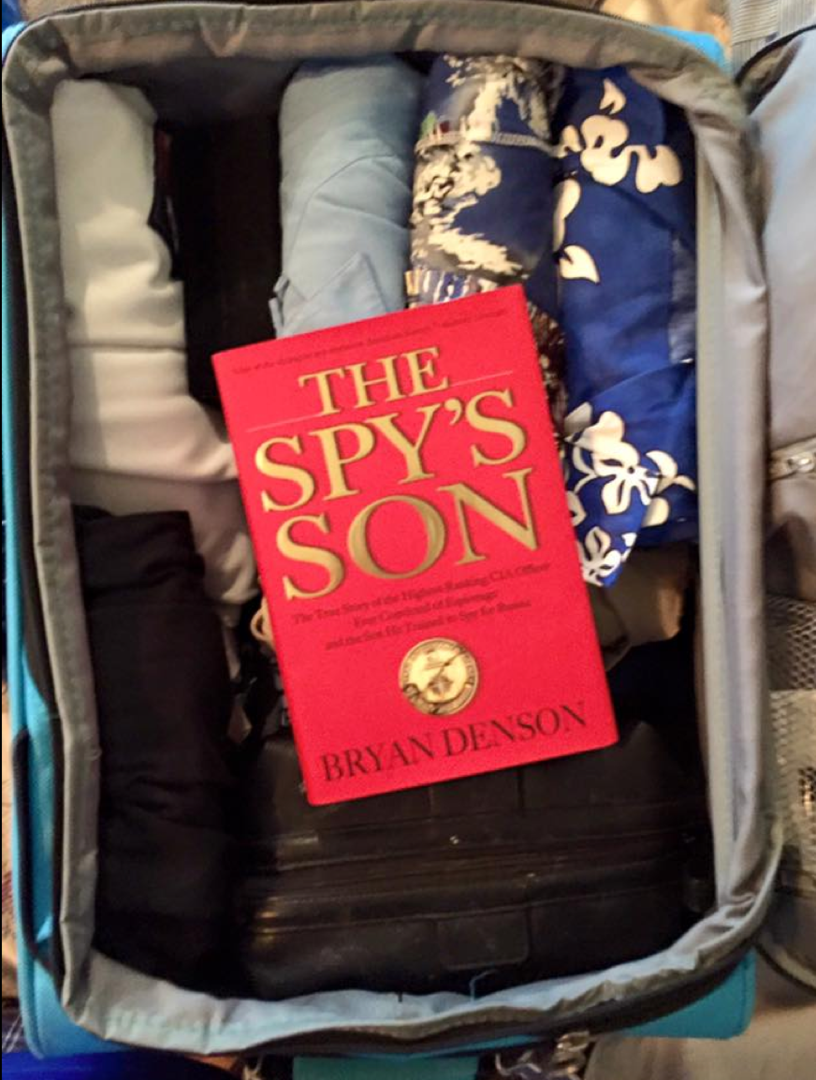
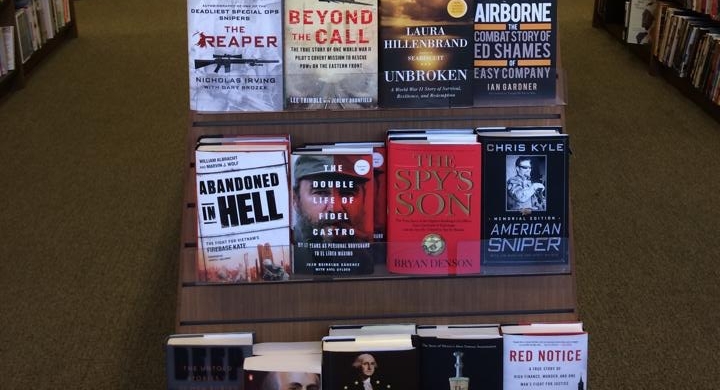
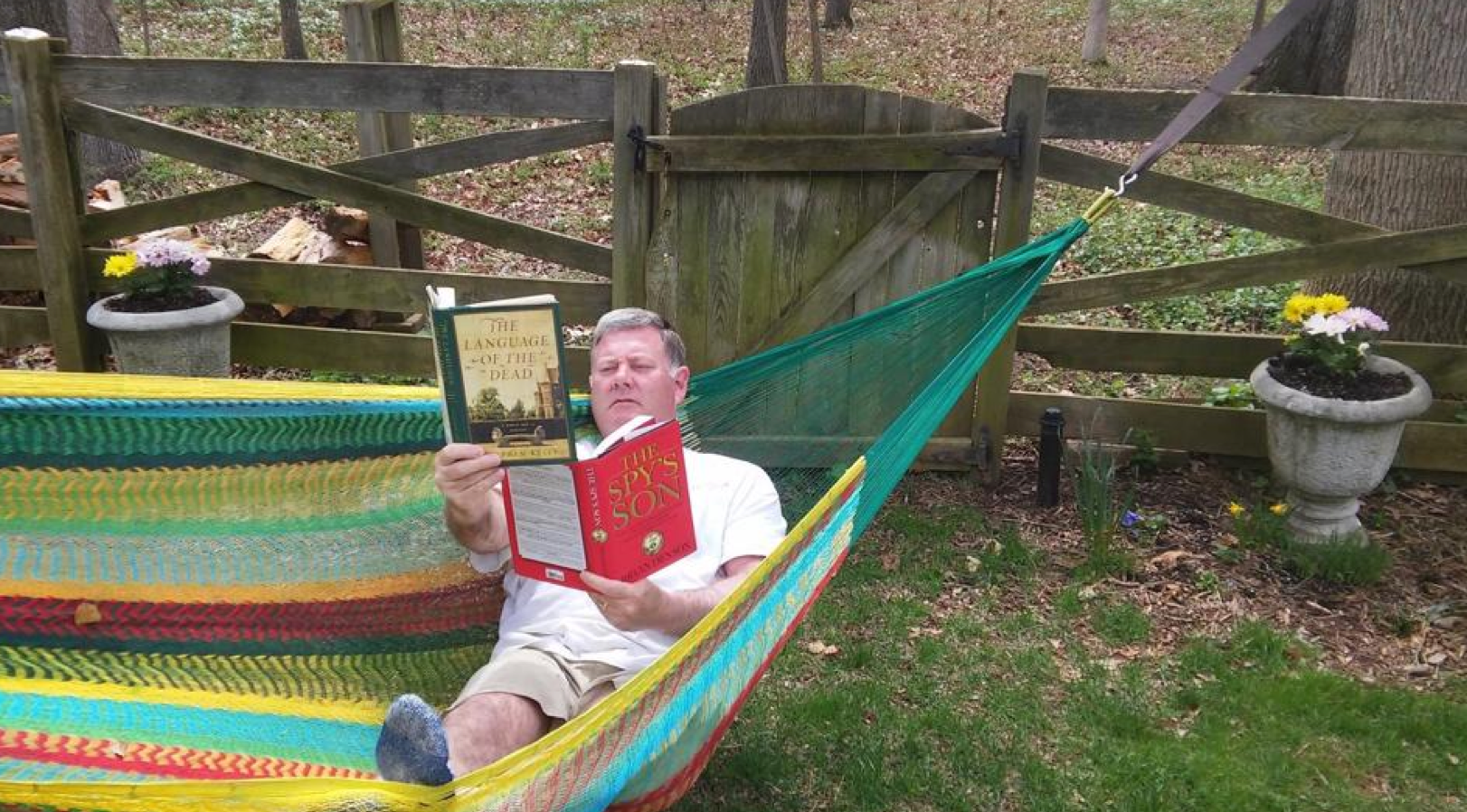
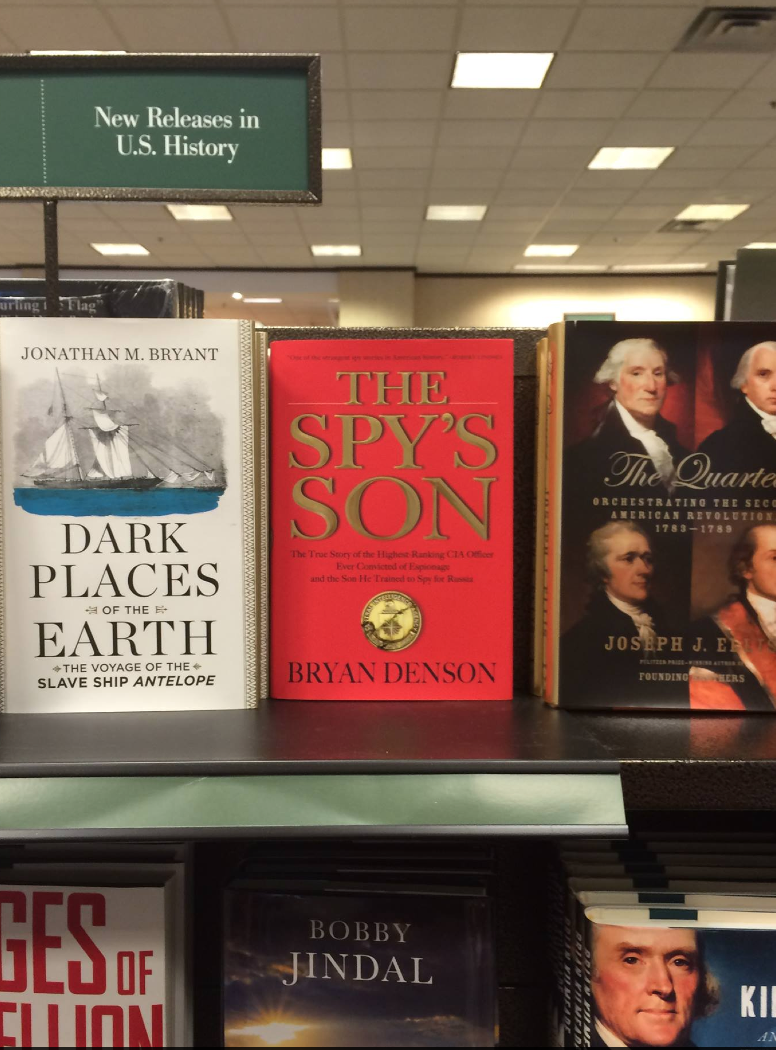
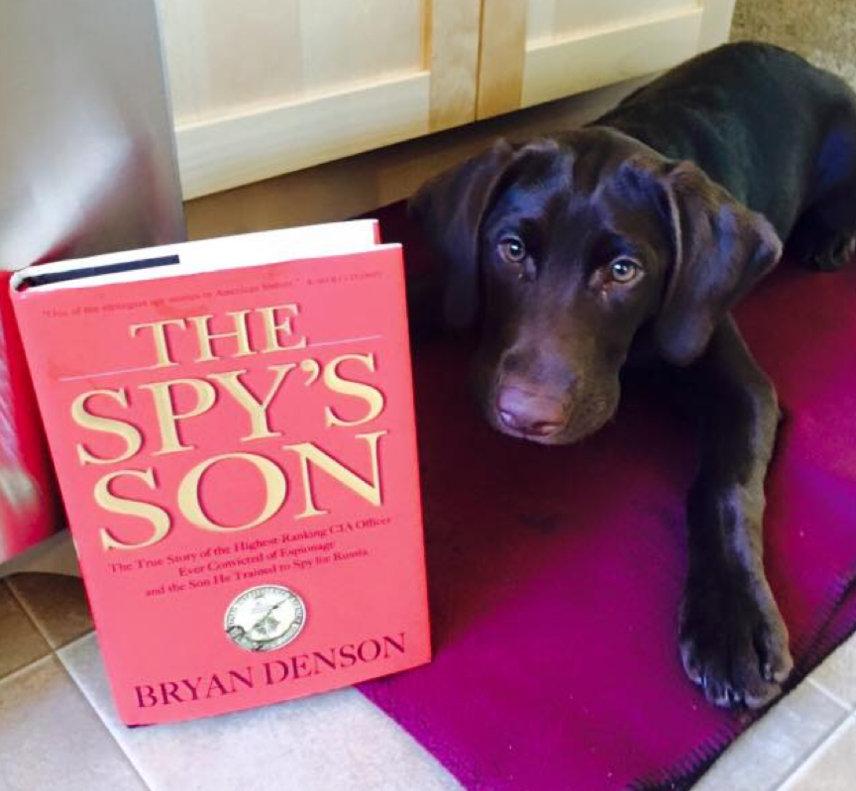
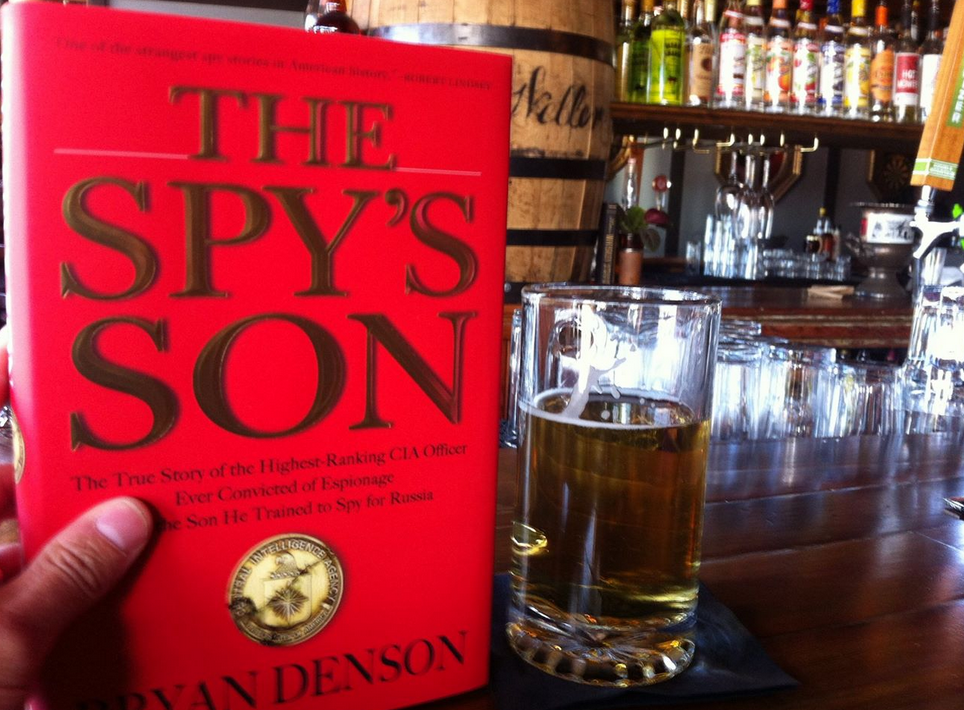
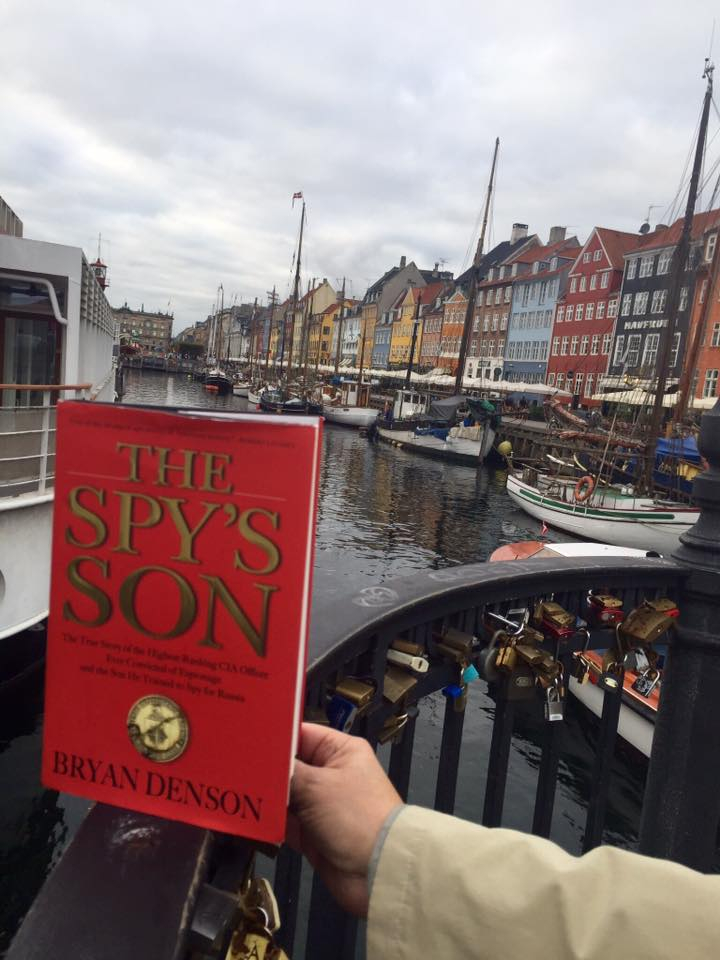
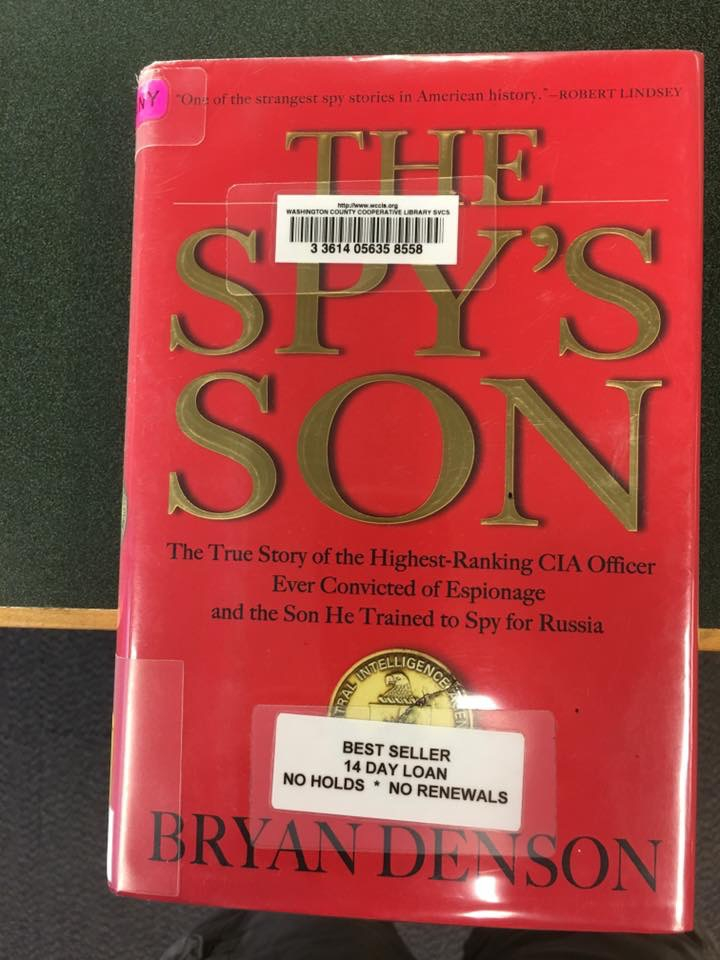
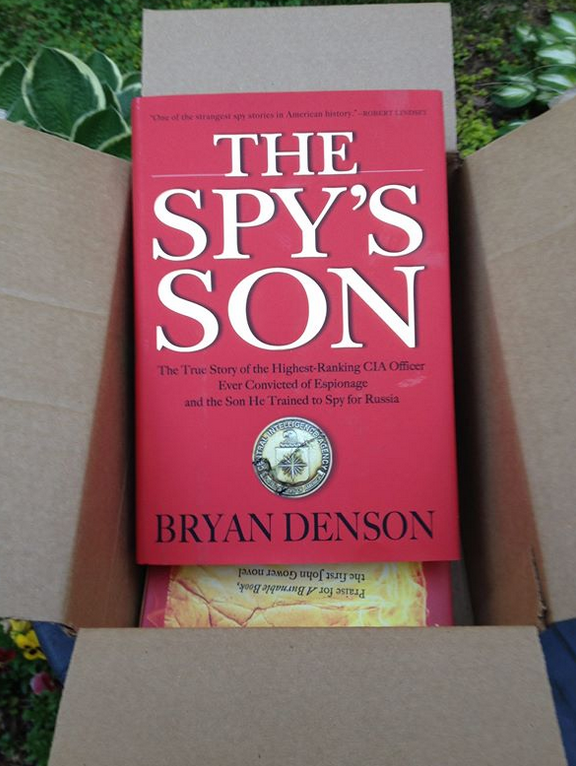
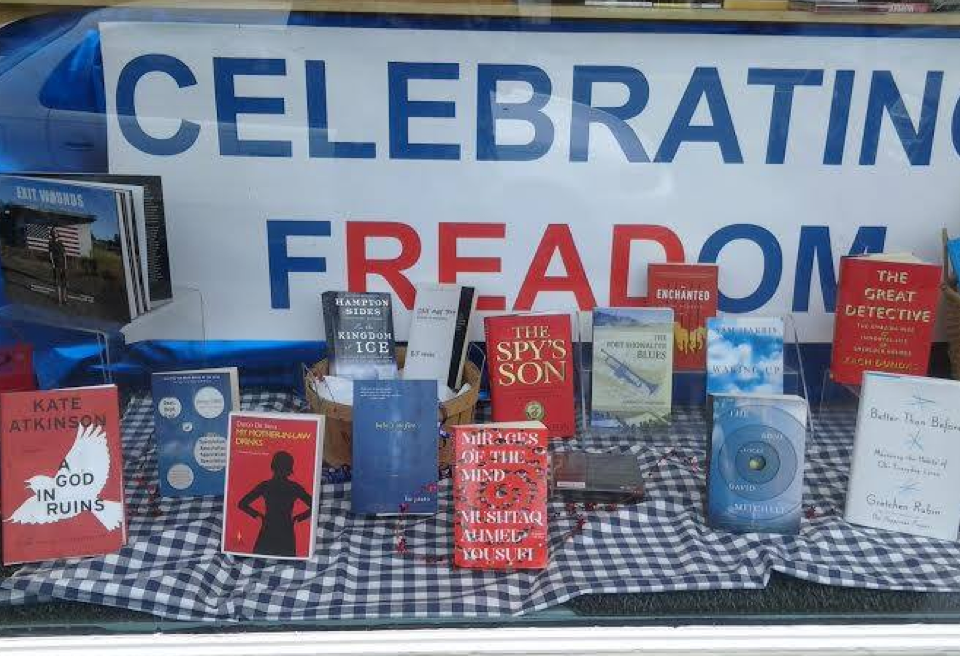
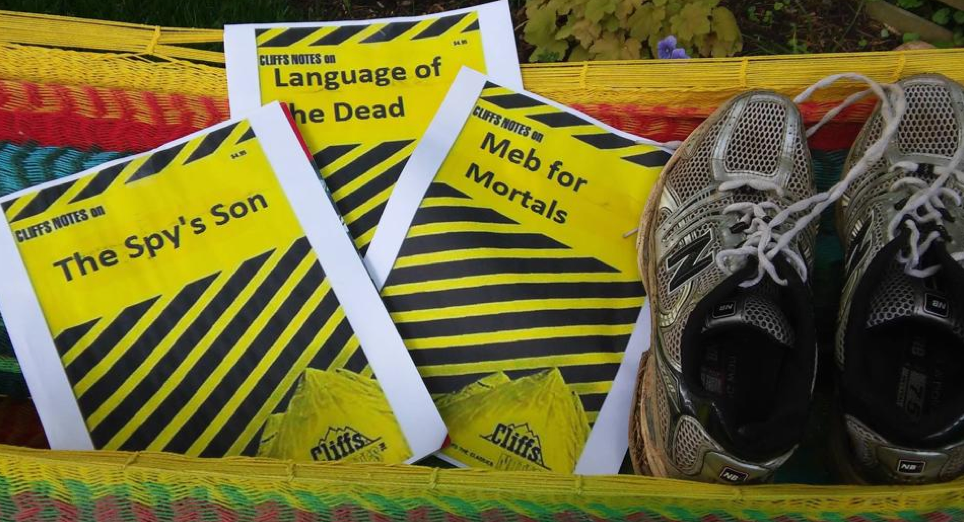
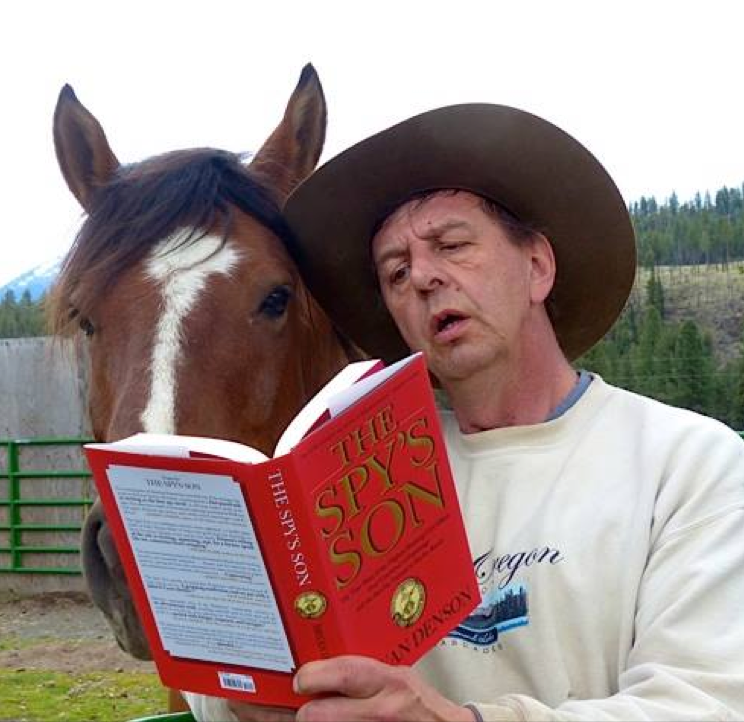

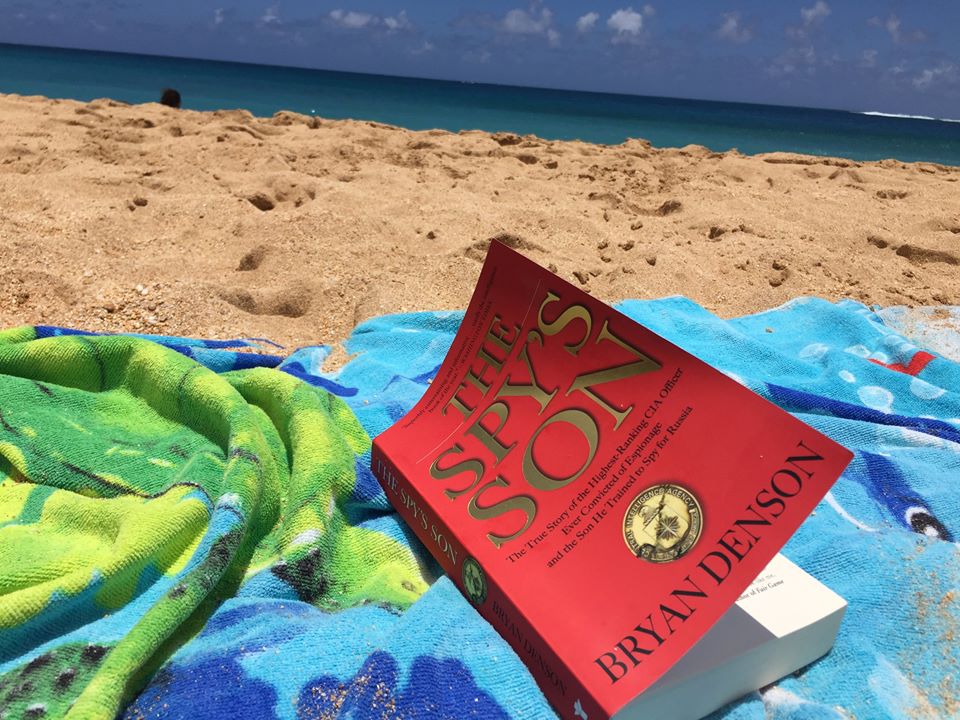
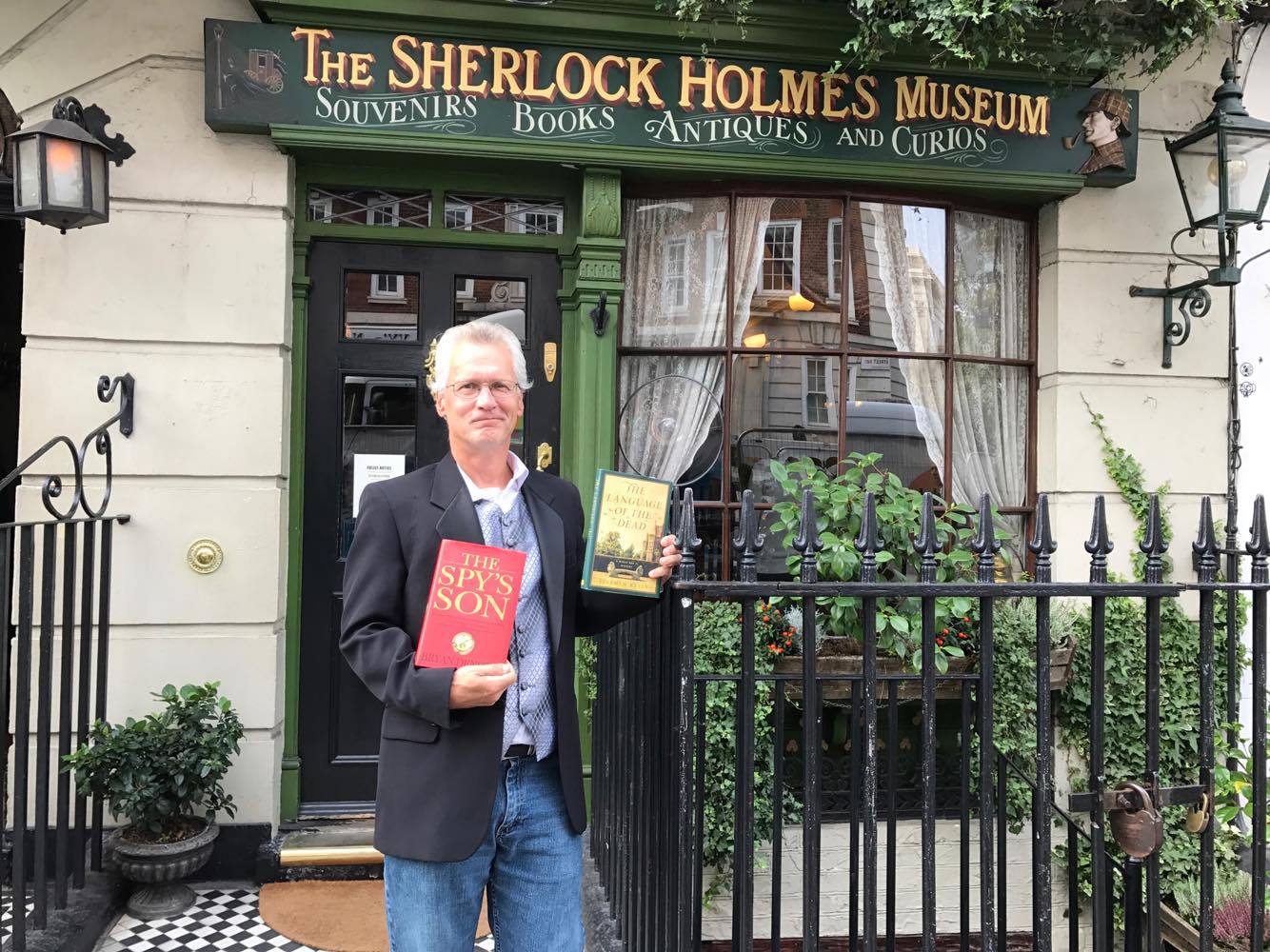
Thanks to my globe trotting friends
I am blessed with so many friends who traveled the world, literally, with copies of The Spy’s Son, shooting photos as they went. The book showed up at the Kremlin, and on a plane to (or was it from) China. Beaches. Boats. Bookshelves. The International Spy Museum.
Among the images are the Cliff Notes version of The Spy’s Son and a “double booking” (both courtesy of my old friend Paul Gilmore), a literal home-on-the-range reading in eastern Oregon (courtesy of Les Zaitz, the dean of investigative reporters in my adopted Beaver State), and my young friend Tessa (courtesy of Helen Jung). And let us not forget that the book (unlike its author) made its way into Harvard (thank you, Anna Griffin).
I love all of you. Many thanks.
Follow me on Twitter
-
I was all about the #Ravens paying #lamarjackson and keeping Jackson and TE Mark Andrews together -- until I read… https://t.co/3KwhpYDFBP
-
RT @davidwolman: For @TheEconomist, @Bryan_Denson and I wrote about the CIA's secret program for safeguarding former spies. https://t.co/G4ZdnU8o9g
-
The Economist/1843 just published a cool spy story I reported and wrote with the uber-talented @davidwolman Enjoy. https://t.co/PtqWABTkLM
-
I never do this, but thought this might be of interest to @Longreads #ShamelessSelfPromo https://t.co/gfKb9Xfl7D
Larry Lepus, longtime friend and running buddy and all-around good guy from Back in the Day, sports copies of The Spy's Son and the startling debut novel by Stephen Kelly, my best friend on Planet Earth, in London, September 2017.
Reader's Digest excerpts The Spy's Kid news series from The Oregonian
In October 2011, Reader's Digest ran a condensed version of the original Spy's Kid newspaper series in The Oregonian, which was later expanded into The Spy's Son book. It was one of the longest stories ever carried in the magazine.

